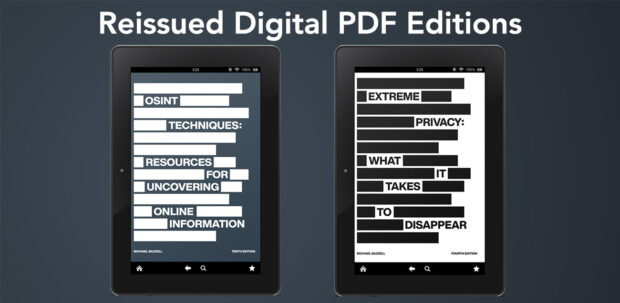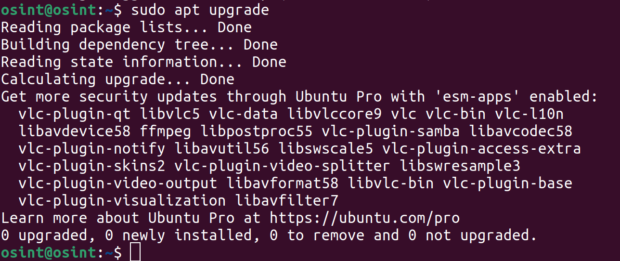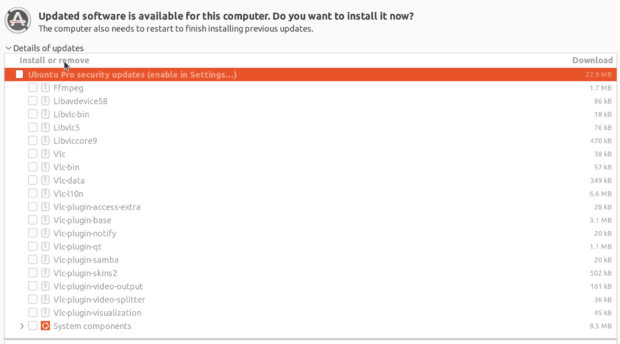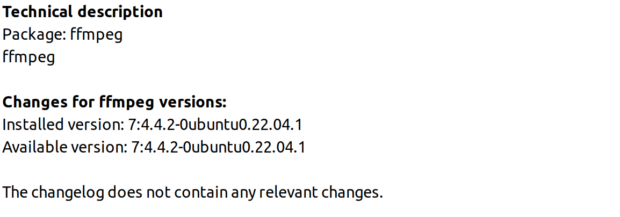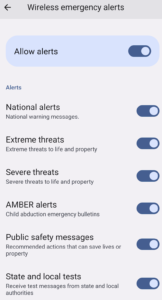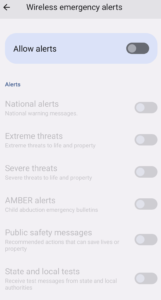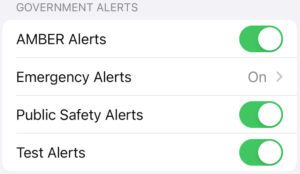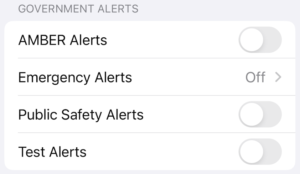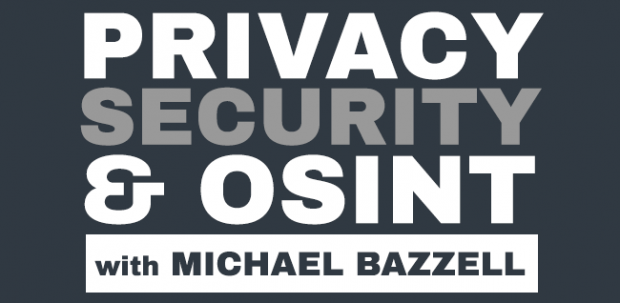Posted by Michael Bazzell
I am no stranger to the Irish Exit. I doubt many of my friends have ever heard me say "I am heading out now" or give any sort of official goodbye at an event. I have always preferred to quietly leave without fanfare or formalities. Several months ago, I gave an Irish Exit to the podcast.
This was not intended, it just happened. I won't go into all of the details, but I will offer some insight. I am very fortunate to have such a diverse range of clients. I am often asked to go off on grand adventures with them after my work is complete. I always politely decline, mostly due to pending obligations or a general desire to keep work and personal life separate. I also just don't fit in with the rich and famous. I find that life uncomfortable. However, I recently decided to unplug from my world, and become a temporary imposter within their world for the last three months.
While away, I stayed off of the internet and asked my staff to handle my email and other communications. It was delightful. I finally realized how much time the podcast, blogs, and constant communications were eating up my life. It is interesting how we adapt to the situations we are in.
I am now up to speed on the rumors. He is dead. He is in a foreign jail. He has cancer. He had a mental breakdown. He was kidnapped in Mexico. He is poor and working at Wendy's. He moved to Russia. I enjoyed all of the disinformation, thank you. However, others do not see the humor. My staff has been bombarded with emails demanding details of my absence, and two relatives were recently contacted via telephone from strangers asking if they had heard from me. Take it easy, creeps.
I assure you I am still here and doing well.
I originally had no intention of explaining my absence or status. I have no endorsement deals. I don’t owe sponsors any shows. I figured I would just walk away for a while. However, I respect that owning a business changes much of that, so here are some responses to the most common concerns.
Online Video Training: No change here. Jason is still delivering updated content every month. I have seen some of the upcoming topics and they beat anything I had in my version. I am truly lucky to have him on board. Jason is committed to the continued growth of the training, and I will still be involved as needed.
Consultations: No change here either. We have not accepted new clients for some time, as we have been focused on finishing all pending second citizenship requests. We will always cater to our active clients. My staff has that under control, and I will still offer my advice when new problems arise.
Books (Print): We currently do not plan on releasing any new print books. The current OSINT (10th) and Privacy (4th) books will still be available on Amazon, but we are not planning new print versions of either.
Books (Digital): The four digital guides we have released have all been successes. I enjoy putting out our own content without Amazon’s hands in it. I will continue to update these guides as promised. No change there. We are also considering the next guides. I have a huge OSINT breach data guide finished which could be the next release. We will also be publishing digital versions of the OSINT Techniques and Extreme Privacy print books. Expect an announcement soon.
Podcast: I have adapted to the no-podcast lifestyle. I like it. I would never say the podcast will not return, as I get bored easily. I will say that it is on an indefinite "hiatus”. Maybe it will become something completely different. Stay tuned and stay subscribed.
Archives: Many listeners are mad that the show archives were removed. I get it. Our host (Soundcloud) refused to allow us to renew our annual subscription, and they dropped us to the free tier. This prevents us from offering old episodes on their platform and is why you only see a single brief episode. Once the shows were removed from Soundcloud, all other podcast apps and services updated from this feed, eliminating their own links to the missing audio files. Yes, I know we could have found a new service, forwarded the feed, uploaded hundreds of gigabytes of wav files, and updated all of the podcast apps, but I did not see the point. Much like I prefer ephemeral messaging, I also kind of like the idea of expiring podcasts. They served a purpose at the time, but they were never meant to be a permanent reference. I hope some of you enjoyed them.
Blog: Jason, Aaron, and I plan to post more often on the IntelTechniques Blog. We know it is not a replacement for the podcast, but it does offer a platform for long-form content. Please monitor the blog itself or subscribe to the RSS feed available there. I already have two drafts close to publication.
In other words, we will always be creating new content, but we are also always looking for the next thing. I believe we should all live our lives as chapters. For me, Chapters One through Four was childhood, adolescence, individualism, and entering adulthood. I never wanted Chapter Five to simply be surviving as an adult until death. I want 100 chapters before I die. Therefore, I have always pivoted whenever it seemed strange to do so. In the spirit of oversharing, this is why I left government work two years before I received a pension, then quit Mr. Robot as soon as we won the awards and season two writing began, then exited the OSINT training space at the height of its popularity, then stopped all public speaking when my agency increased my rate due to demand, then stopped taking new privacy clients when we were receiving the most requests daily, then terminated my relationship with Amazon during our highest royalties, and then stopped the podcast while it was still growing rapidly. A chapter must end before the next can begin. I like going against the grain, even if I am told I am crazy. It allows me to embrace the next thing without overstaying my welcome.
I suspect some conspiracy theorists will speculate that I did not write these words and I am still MIA. I understand the skepticism. If it helps, the "<dc:creator>" field within the RSS feed file will show that this post was from my personal account, the same as the podcast posts. For comparison, the two posts prior to this were from Aaron's account.
What's next? I am not ready to share that, and may never go public with it. I have my aliases established. The shell company is in place. The anonymous payment account is ready. I always naively think I have found the next big thing. Maybe you will have suspicion that I am behind a new project you find. Hopefully, if I do things right, you will not.
The better question is, what is YOUR next chapter?
Thank you for all of the interest in my ridiculous ideas. I am honored to have played a very small role in the privacy, security, and OSINT community.
MB
